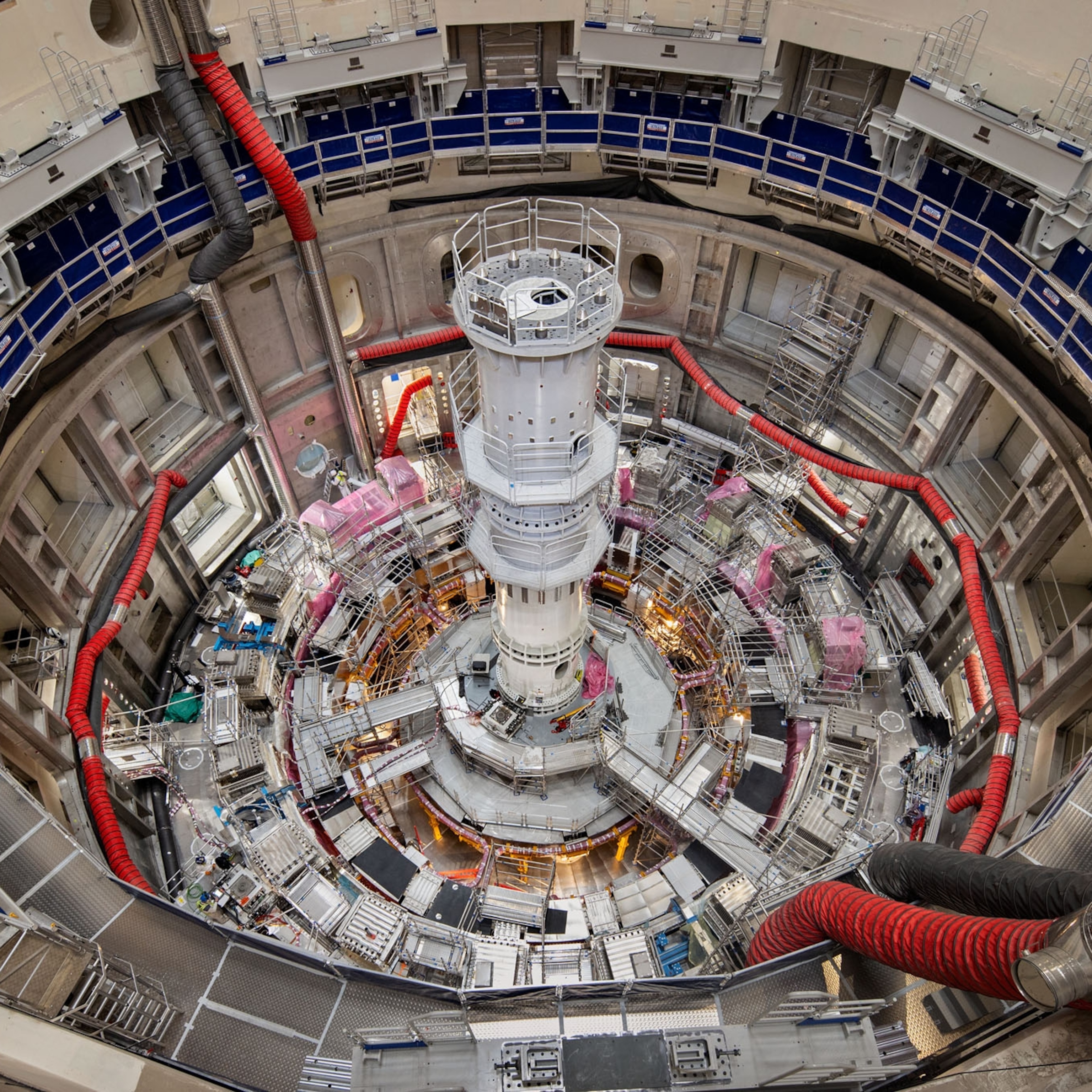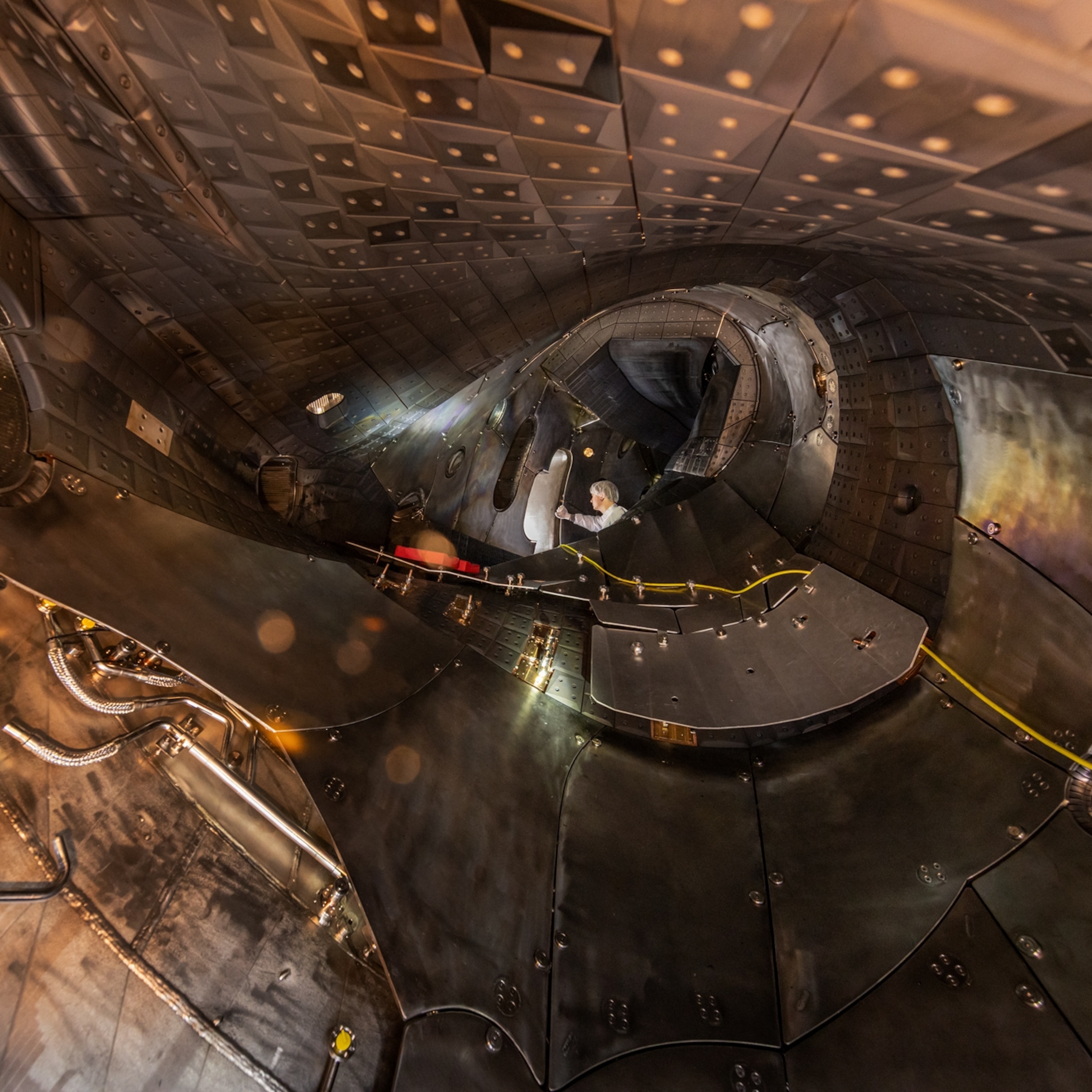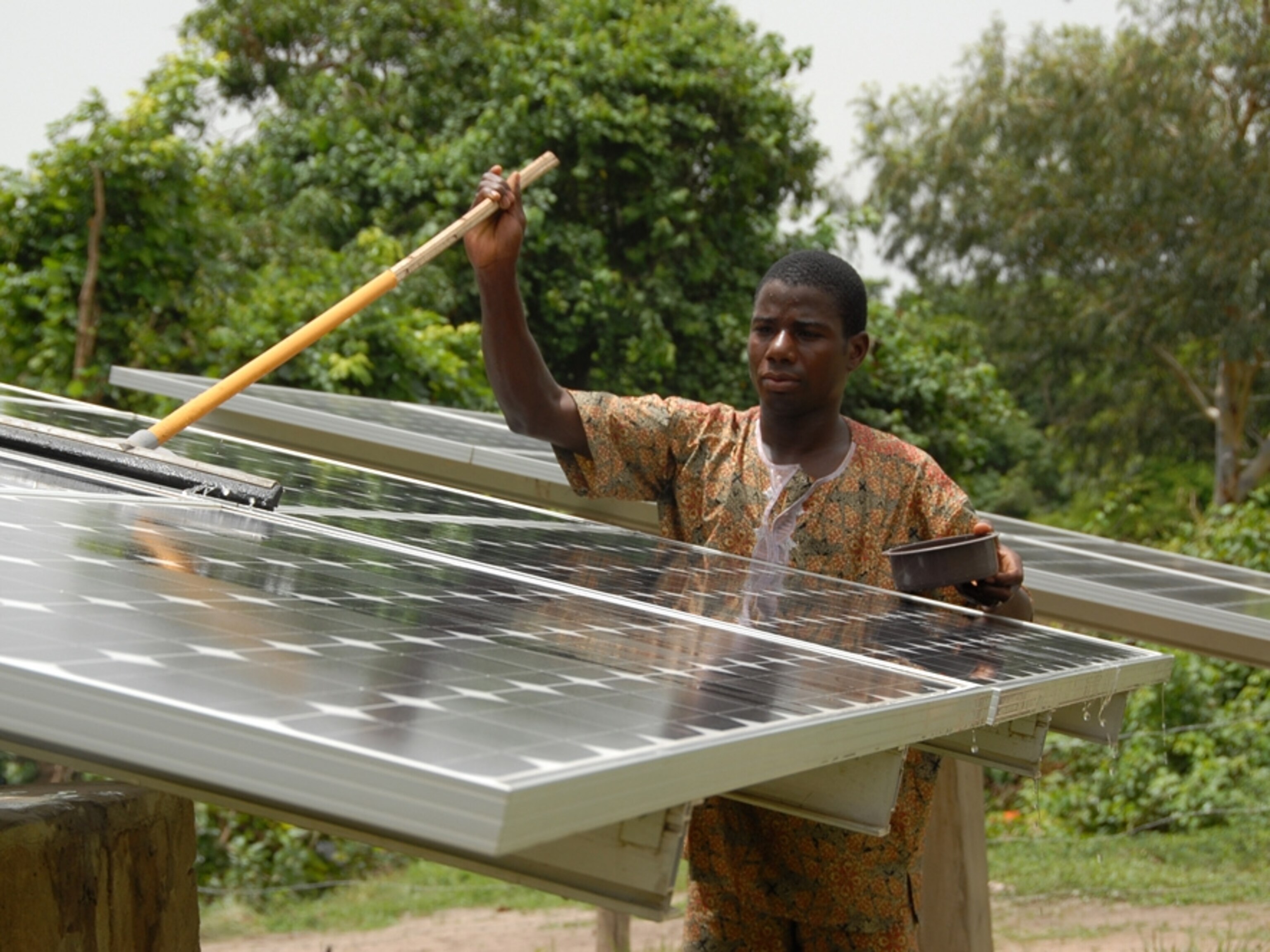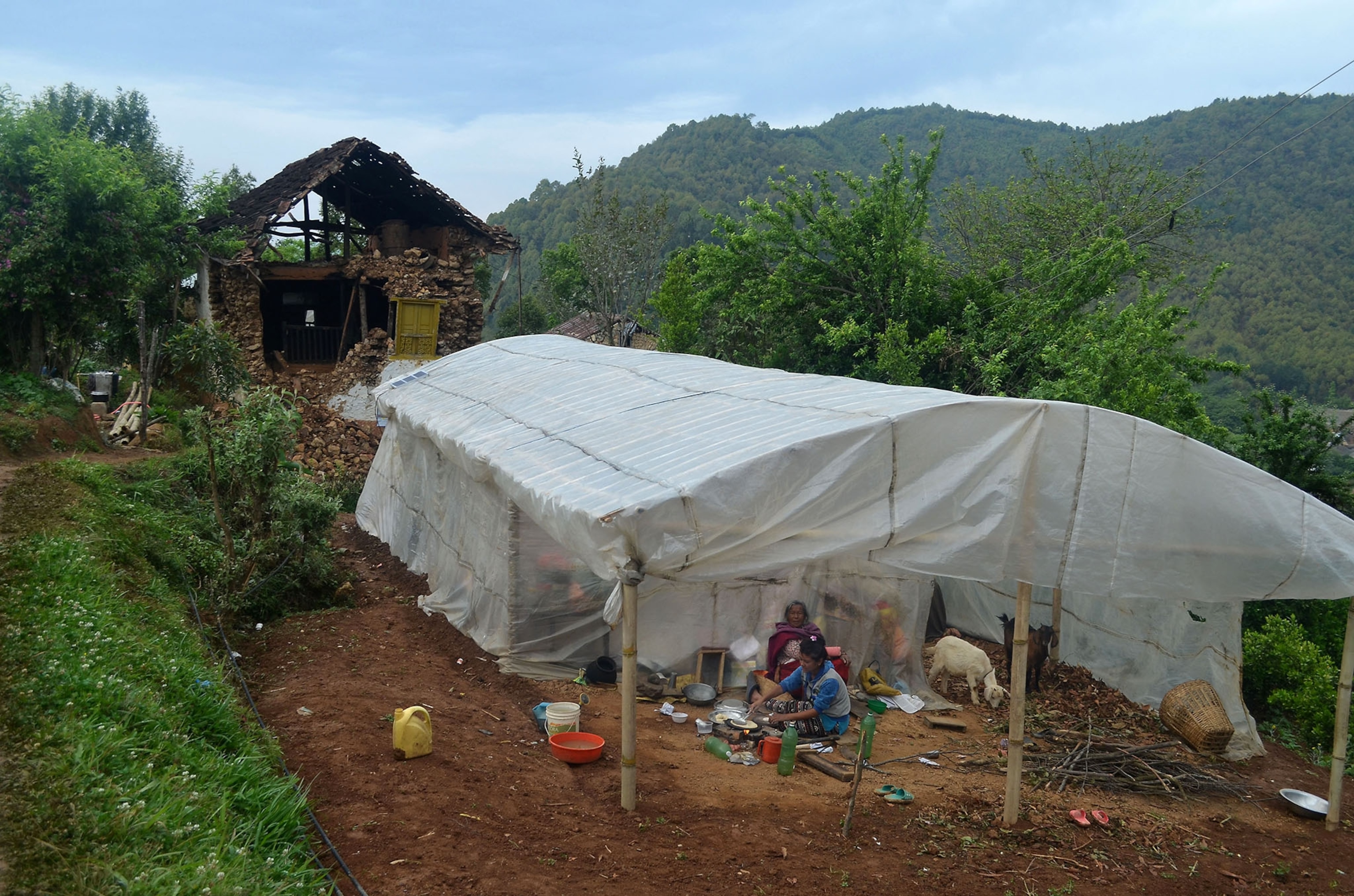
Energy-Poor Nepal Looks to Solar for Post-Quake Power
Nonprofit groups are raising money to provide emergency food aid, build latrines, and install free solar panels atop health clinics.
Even before the earthquake, Nepal had such long power blackouts that midwives were known to clench flashlights between their teeth to deliver babies. Now, it faces darker times. So nonprofit groups are raising money for—among other things—free solar panels to keep the lights on in health clinics.
“Paying is not an option, because they’ve lost everything,” says Kathmandu resident Avishek Malla of his Nepalese countrymen, thousands of whom died, were injured or saw homes collapse when a 7.8-magnitude earthquake struck on April 25.
Desperate times call for new measures. Malla, local director of operations for solar installer SunFarmer, says the nonprofit is shifting gears. Instead of building rent-to-own solar projects for health clinics and schools, it’s soliciting funds so it can donate the systems. It’s already raised more than $100,000 since the quake. (Find out how you can help.)
Another nonprofit, iDE, is also raising money and pausing its regular work—solar-powered water systems—to offer emergency food and shelter. Its workers handed out a week’s worth of food and heavy-duty plastic for makeshift tents in two hill villages where many homes were flattened and people were living outdoors.
“We’re not a relief organization. We’re not experts in this,” says iDE’s Nepal director Luke Colavito. He says his staff and volunteers have worked in the communities for so many years that they wanted to help and were the first to reach the frightened villagers, who depend on his irrigation pumps for their livelihood: growing crops.
The earth was like liquid and it kept moving back and forth.Luke Colavito
Colavito says his group may broaden its work in another direction as well. He says it’s discussing with UNICEF the need for rapid installation of latrines as a way to prevent cholera and other waterborne diseases.
He and Malla spoke by phone from Nepal’s capital of Kathmandu, where they huddled with their children under door frames during the violent earth shaking. “The earth was like liquid, and it kept moving back and forth. It felt like we were in a boat being tossed around,” Colavito says, adding he’s amazed his house is still standing.
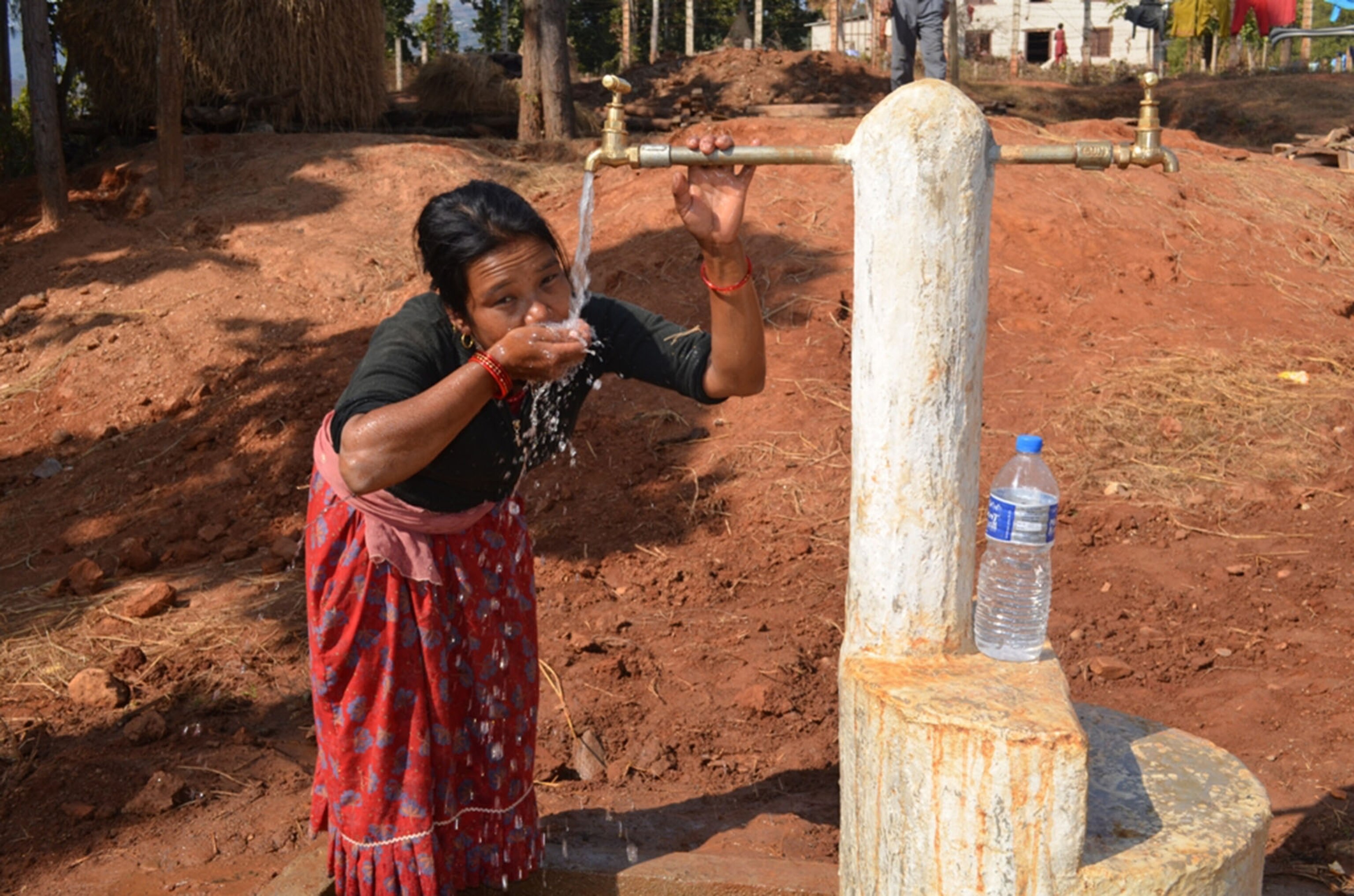
Their groups have received multi-million dollar funding from various donors that include National Geographic, which has sponsored their efforts to develop remote monitoring of their solar-powered projects. (Learn more about SunFarmer and iDE, formerly International Development Enterprises.)
Energy Poverty Hampers Growth
Like other nonprofits, their work barely scratches the surface of what’s needed in Nepal, one of the world’s poorest countries. Nearly half its people are unemployed and its women illiterate. Its per capita income, about $2,400 annually, is the lowest in Asia (except for North Korea) according to data from the U.S. Central Intelligence Agency.
Lack of energy has hampered economic growth. The Himalayan nation, sandwiched between China and India, has no known oil, natural gas, or coal reserves. Most of its energy comes from traditional sources that pose human health risks such as wood, agricultural waste, and livestock dung.
It has such weak access to electricity and clean cooking facilities that its “energy development index” is the seventh worst worldwide—just ahead of the African countries Burkina Faso, Uganda, Guinea, Rwanda, Liberia, and Ethiopia, according to the International Energy Agency.
What Nepal does have is water. It’s awash in rivers, glaciers, and eight of the world’s 10 tallest, snow-capped peaks, including Mount Everest. Hydro has huge potential, but its development has been limited. Still, hydro-powered plants provide about 90 percent of the country’s electricity, and news reports indicate that the earthquake—which brought down transmission lines—damaged key hydro facilities.
Most of Nepal’s 31 million people lack access to the electric grid, which can be very expensive to expand in remote and hilly regions. Even those with access often face rolling blackouts that can last more than 12 hours a day.
Solar-Powered Projects Expand
Solar providers are trying to fill in the gaps. For more than 20 years, iDE has been building multiple-use water systems—for irrigation and drinking water—in remote districts. Without solar power to operate the pumps, the villagers would have to lug buckets of water up steep hills.
Colavito says many Nepalese emigrate for dangerous, low-paying jobs elsewhere, because they don’t see opportunities in their country. Yet he says the hills offer climatic advantages for growing high-value crops such as tomatoes and cucumbers. A Peace Corps volunteer in Nepal in the late 1980s, he returned there to work full-time in 2003.
In the villages his staff has visited, the earthquake doesn’t appear to have damaged the crops, and some people are taking refuge in the plastic greenhouses where they grow vegetables.
SunFarmer launched its work in Nepal in 2013 with a $2 million grant from the Missouri-based solar energy company SunEdison. In off-grid villages, it has equipped seven health clinics and three schools with solar arrays so they don’t have to rely on diesel fuel.
“They can power ultrasounds” and other medical equipment, says co-founder Jason Gray, of the solar panels that SunFarmer maintains and previously installed on a rent-to-own basis.
Given the current emergency situation, donors are offering funds that will allow the group to install the arrays for free and still do the maintenance. Malla says SunFarmer may also be able to provide small water purification systems.
Right now, though, he and colleagues in Nepal are focused mostly on helping relatives, neighbors and others gain food, shelter and a sense of safety—none of which is easy.
“I’m sitting in my home, and it feels like it’s shaking. Maybe it’s psychological,” Malla says, recalling the dozens of aftershocks that prompted his family to avoid the house and live in the car for five days. “I think it will take time to recover.”
The story is part of a special series that explores energy issues. For more, visit The Great Energy Challenge.
On Twitter: Follow Wendy Koch and get more environment and energy coverage at NatGeoGreen.

